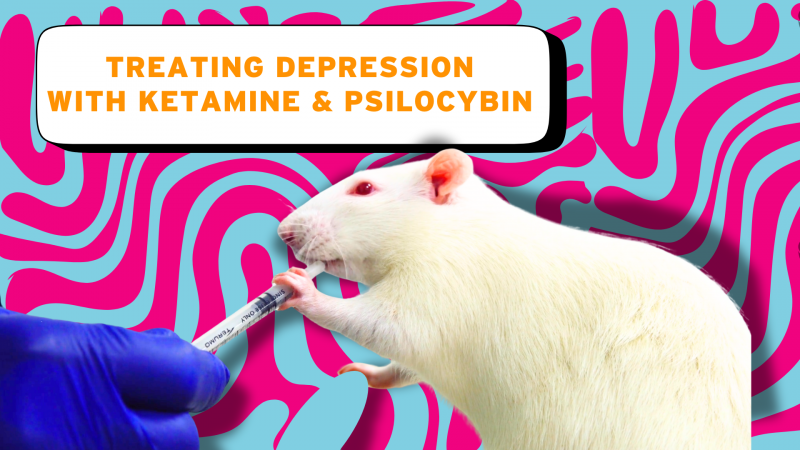19/05/15
Llama antibodies may pave the way for new treatments for HIV. Originally identified during attempts to incorporate antibodies into toothpastes, llama antibodies are small, less heat and pH sensitive than human antibodies. They are also far easier to refine than their human counterparts. These properties make them good candidates for HIV vaccine design.
http://www.the-scientist.com/?articles.view%2FarticleNo%2F42782%2Ftitle%2FLlamas-as-Lab-Rats%2F
Using human stem cells to create in vitro patient-specific models is driving forward our understanding of autistic spectrum disorders, according to Alysson R. Muotri, associate professor at the University of California. In an opinion piece for The Scientist she examines the limitations of current animal models of ASD, the progress being made in her own laboratory to 'reprogramme' brain cells in vitro, and the strengths and limitations of in vitro technology.
"We are now leading a study called the “Tooth Fairy Project,” in which we are extracting cells from baby teeth donated by the families of children with ASD and reprogramming them into fully functioning brain cells," she writes. "However, there are serious limitations to overcome. Neurons in a dish do not reproduce the intricate neuronal networks of the human brain. The paucity of data on normal human neurodevelopment is a major factor to recreate more realistic ASD brain models in the lab."
http://www.the-scientist.com/?articles.view/articleNo/42978/title/Opinion--New-Models-for-ASD/
20/05/15
Researchers from Imperial College London showed that an injection of stem cells into a mouse with heart damage showed improved heart function, despite most of the donor cells not remaining in the heart. Researchers will now be interested to find out if humans have similar heart stem cells that act in a similar way.
“In this new laboratory and animal study, researchers identified a characteristic genetic "signature" of adult mouse heart stem cells. This led to them being more easily identified than they have been previously, making them easier to "harvest" for study.”
http://www.nhs.uk/news/2015/05May/Pages/Stem-cells-could-provide-a-treatment%20for-a-broken-heart.aspx
21/05/15
Young blood helps repair fractured bones of ageing mice. Once again the blood of young individuals seems to have a miraculous effect on older mice. (http://www.animalresearch.info/en/medical-advances/diseases-research/ageing/ )Over the past years, researchers have reversed muscle atrophy, memory loss, heart degradation, cognitive decline and now bow degradation by pumping the blood of young mice into older animals. Fractured bones of old mice fixed themselves much faster if they received the blood from young mice and reversely, the young mice that received old blood had a slight decrease in the ability to repair the fractured bones.
Use of Paracetamol should be limited in pregnancy. Study in mice warns that pregnant women should be careful when taking paracetamol as long term use could affect the reproductive health of their sons. Painkillers interrupted the production of testosterone when given for 7 days – a hormone key to the development of male reproductive organs.
http://www.bbc.co.uk/news/health-32808969
Octopuses can see with their skin. Octopus skin contains light-sensitive pigments also found in the eyes, making it responsive to light. Octopuses are thought to rely mainly on vision to bring about changes in colour and patterning of their skin to camouflage – despite apparently being colour bling. However, this study suggest that the skin cells responsible for the colour changes, called chromatophores, could also respond independently to light of different wave length. The chromotophores react differently to white, red and blue light.
http://www.theguardian.com/science/neurophilosophy/2015/may/20/octopus-skin-contains-light-sensors
Last edited: 6 April 2022 08:10



